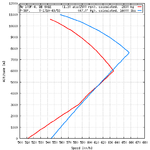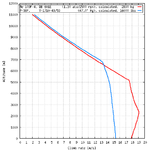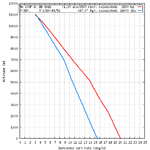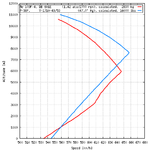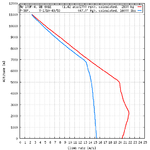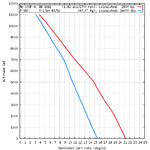I'm no engineer and I'm not all that swift so I asked , since I get closer on to the 109 on regular basis then most of you guys . I;ve asked those that have flown and repaired and they chuckled at 13gs
No wonder they chuckled cause at 13 G the wing is about the only thing on the a/c that stays attached (Note I'm not saying the wing won't take damage)
Also the only remaining operational Bf-109E in the world isn't going to be put under any serious strain so the comment you recieved is entirely understandable.


